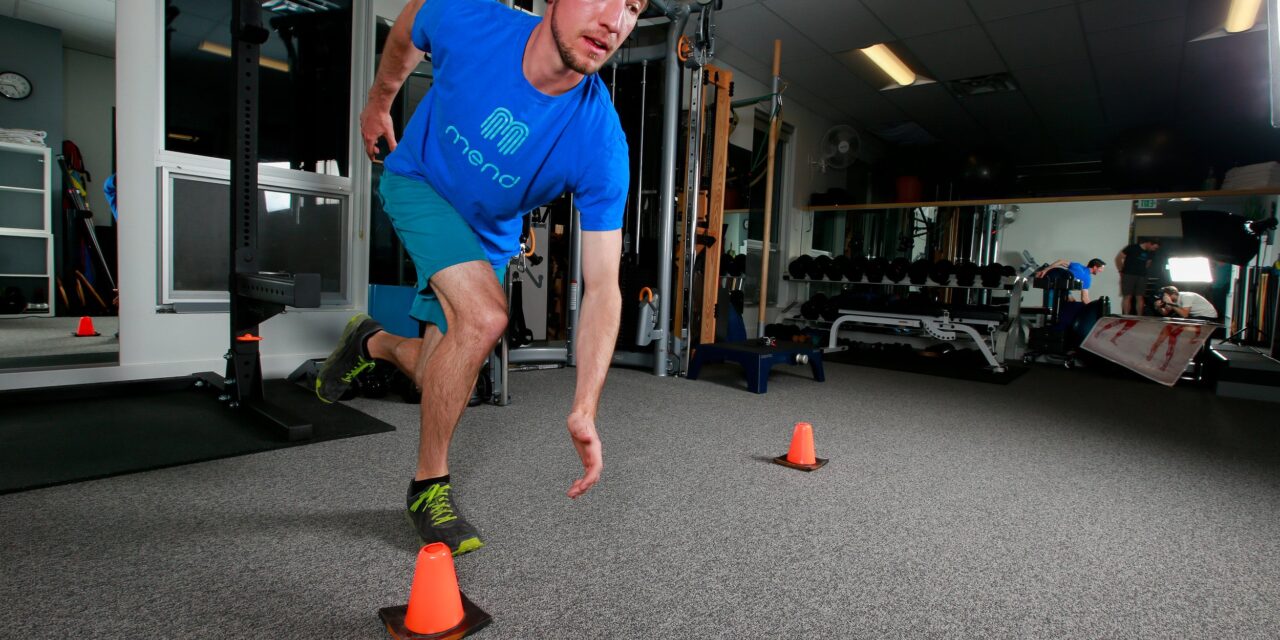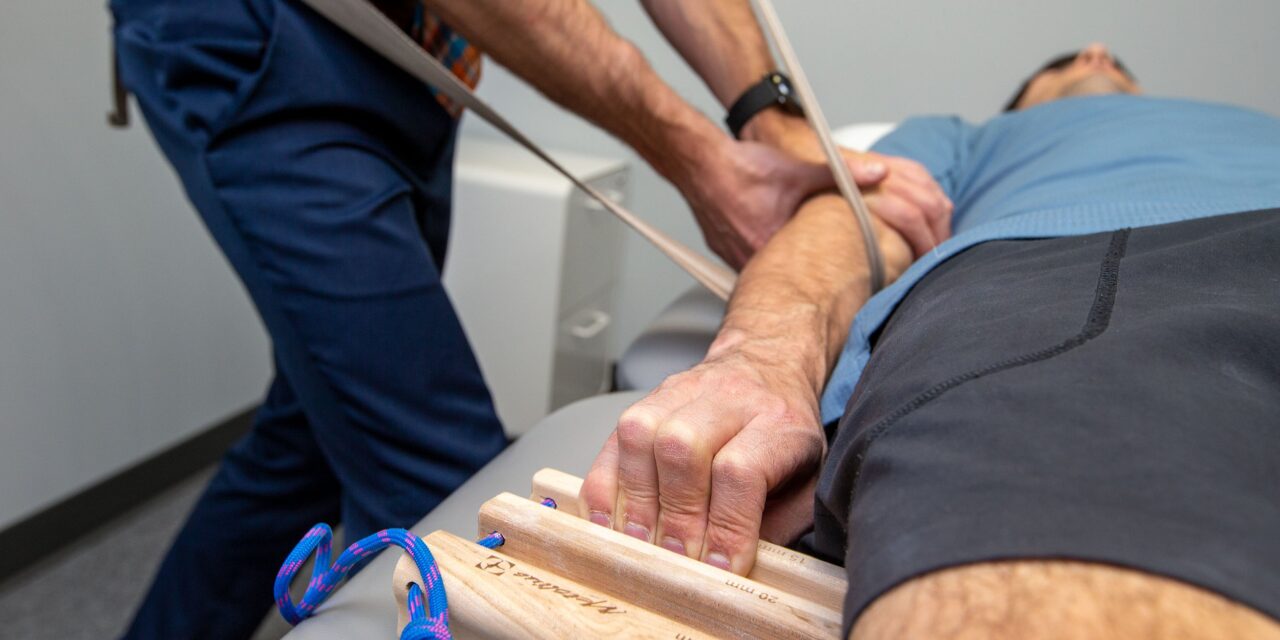When Can I Jump After ACL Surgery?
Chances are high that if you suffered an ACL injury you are an active individual and nothing is more challenging for an active person than telling them that they cannot be active. Hopping and jumping are simple dynamic movements that are integral to sport activities. After ACL surgery, the knee requires systematic training and progression...


